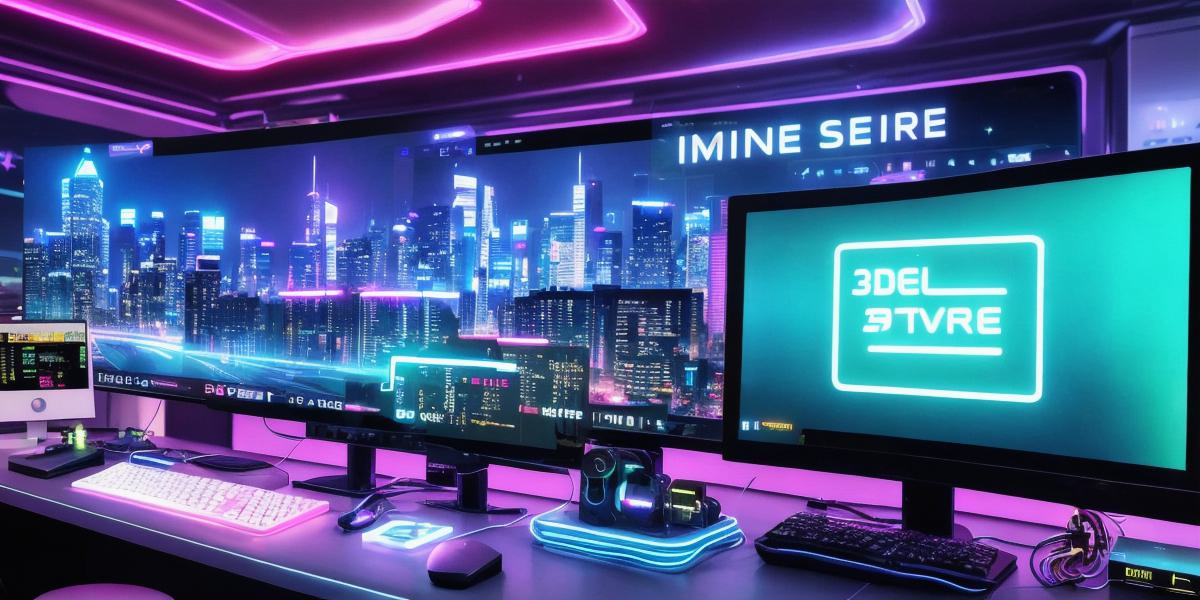In today’s fast-paced world, time is of the essence, and efficiency is key. This is especially true for AI 3D developers who need to create high-quality models in a short amount of time. One solution that has been gaining popularity among these developers is AI-powered prompting, which allows them to generate 3D models with minimal input.
What is AI-Powered Prompting?
AI-powered prompting is the process of using artificial intelligence (AI) algorithms to generate 3D models based on a set of instructions or prompts. These prompts can be as simple as describing the shape, size, and color of an object, or as complex as creating a fully-fledged 3D environment. The AI then takes these inputs and uses them to generate a 3D model that meets the specified requirements.
The Advantages of AI-Powered Prompting
There are several advantages to using AI-powered prompting for 3D modeling. Firstly, it can save developers a significant amount of time by automating much of the repetitive and tedious tasks involved in creating 3D models. This allows them to focus on more creative and challenging projects.
Secondly, AI-powered prompting can help to improve the accuracy and consistency of 3D models. The AI algorithms are designed to generate models that meet specific requirements, which can help to reduce errors and ensure that the final product meets the client’s expectations.
Thirdly, AI-powered prompting can be used to generate 3D models in a variety of different styles and formats. This means that developers can create models that are tailored to the needs of their clients, without having to spend a lot of time on research or experimentation.
Real-Life Examples of AI-Powered Prompting in Action
One real-life example of AI-powered prompting in action is the use of generative adversarial networks (GANs) to create photorealistic 3D models. GANs are a type of AI algorithm that can be trained on large datasets of images and used to generate new images that are similar to the training data.
In the case of 3D modeling, GANs can be used to generate highly detailed and accurate 3D models based on photographs or other forms of visual input. This has been particularly useful in the automotive industry, where manufacturers need to create highly realistic 3D models of their vehicles for testing and marketing purposes.
Another example is the use of AI-powered prompting to create 3D environments for video games. The AI algorithms can be used to generate detailed landscapes, buildings, and other objects that are tailored to the specific needs of the game developers. This can help to save time and resources, while also ensuring that the final product meets the high standards expected by gamers.
The Future of AI-Powered Prompting in 3D Modeling
AI-powered prompting is still a relatively new technology, but it is already having a significant impact on the world of 3D modeling. As the algorithms become more sophisticated and the datasets used to train them grow larger, it is likely that we will see even more impressive results in the future.
One potential area for further development is the use of AI-powered prompting to create interactive 3D models that can be manipulated and explored by users in real-time. This could have a wide range of applications, from virtual product demos to interactive educational tools.
Another area of interest is the use of AI-powered prompting to
